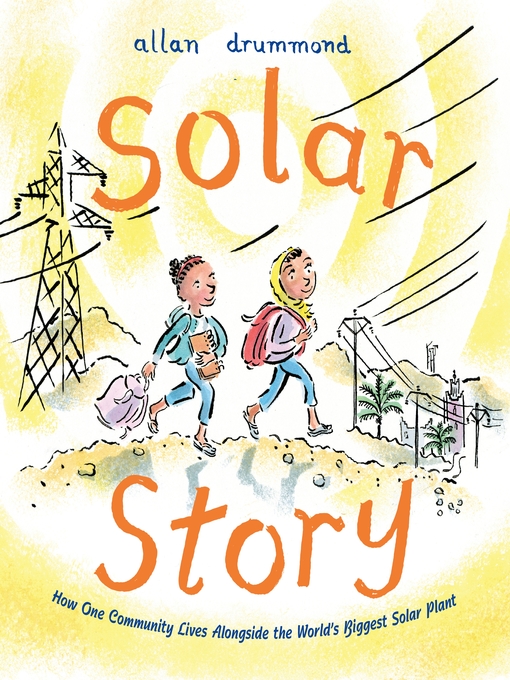In his signature style, Allan Drummond tells the story of the largest solar plant in the world, the Noor Solar Power Plant in Morocco's Sahara Desert, in Solar Story—by relating it to the everyday life of a schoolgirl in a small village next to the plant.
As we see on a class field trip, the plant is not only bringing reliable power to the village and far beyond, but is providing jobs, changing lives, and upending the old ways of doing things—starting within the girl's own family. Blending detail-filled watercolors, engaging cartoon-style narration, in-depth sidebars, and an afterword, the author showcases another real-world community going green in amazing ways. A "powerful" addition to the author's acclaimed series about conservation and renewable energy innovations in everyday life.
- Available now
- New eBook additions
- New kids additions
- New teen additions
- Most popular
- Try something different
- Local History
- Project Gutenberg
- See all ebooks collections
- New audiobook additions
- Available now
- New kids additions
- New teen additions
- Most popular
- Try something different
- See all audiobooks collections
- Latest Magazine Issues
- Celebrity
- Canadian Magazines
- Food and Cooking
- Sports
- Children's Magazines
- Health & Fitness
- Chinese Magazines
- See all magazines collections




